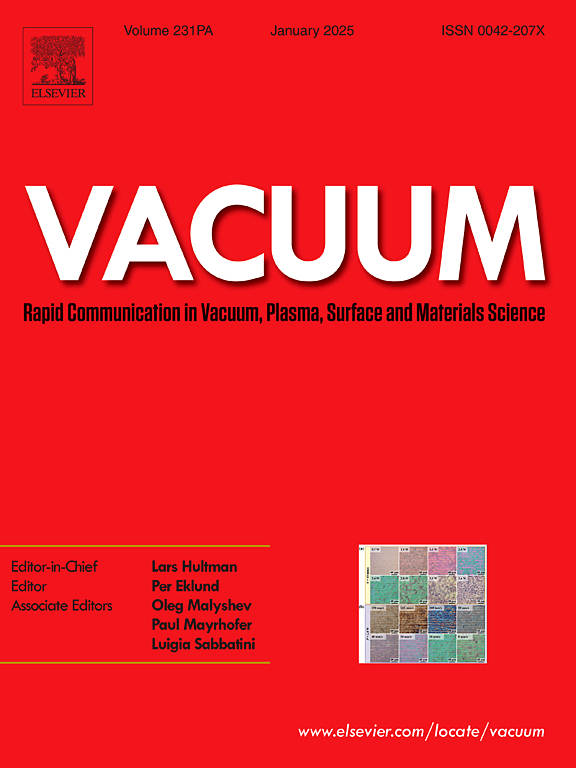对 Mg-Zn-Ca 合金循环变形过程中的微结构演变进行准原位观测
IF 3.8
2区 材料科学
Q2 MATERIALS SCIENCE, MULTIDISCIPLINARY
引用次数: 0
摘要
采用准原位电子反向散射衍射(EBSD)研究了均质化粗晶粒镁-1.2锌-0.1钙合金在应变振幅为 0.8 % 的循环变形过程中的微观结构演变。晶粒的随机取向和合金的软态导致了对称的滞后环和循环硬化。除了出现孪晶-脱晶现象外,基底<a>/金字塔II<c+a>和金字塔I<a>滑移系统也被激活。错向角较高的晶界(35°)是应变定位的首选位置。本文章由计算机程序翻译,如有差异,请以英文原文为准。
Quasi-in-situ observations of microstructural evolution during cyclic deformation of a Mg-Zn-Ca alloy
Quasi-in-situ electron backscatter diffraction (EBSD) was employed to investigate the microstructural evolution of a homogenized coarse-grained Mg-1.2Zn-0.1Ca alloy during cyclic deformation at a strain amplitude of 0.8 %. The random orientations of grains along with the soft state of the alloy resulted in symmetrical hysteresis loops and cyclic hardening. Besides the occurrence of twinning-detwinning, basal <a>/pyramidal II <c+a> and pyramidal I <a> slip systems were primarily activated. Grain boundaries with a higher misorientation angle of >35° served as preferential sites for strain localization.
求助全文
通过发布文献求助,成功后即可免费获取论文全文。
去求助
来源期刊

Vacuum
工程技术-材料科学:综合
CiteScore
6.80
自引率
17.50%
发文量
0
审稿时长
34 days
期刊介绍:
Vacuum is an international rapid publications journal with a focus on short communication. All papers are peer-reviewed, with the review process for short communication geared towards very fast turnaround times. The journal also published full research papers, thematic issues and selected papers from leading conferences.
A report in Vacuum should represent a major advance in an area that involves a controlled environment at pressures of one atmosphere or below.
The scope of the journal includes:
1. Vacuum; original developments in vacuum pumping and instrumentation, vacuum measurement, vacuum gas dynamics, gas-surface interactions, surface treatment for UHV applications and low outgassing, vacuum melting, sintering, and vacuum metrology. Technology and solutions for large-scale facilities (e.g., particle accelerators and fusion devices). New instrumentation ( e.g., detectors and electron microscopes).
2. Plasma science; advances in PVD, CVD, plasma-assisted CVD, ion sources, deposition processes and analysis.
3. Surface science; surface engineering, surface chemistry, surface analysis, crystal growth, ion-surface interactions and etching, nanometer-scale processing, surface modification.
4. Materials science; novel functional or structural materials. Metals, ceramics, and polymers. Experiments, simulations, and modelling for understanding structure-property relationships. Thin films and coatings. Nanostructures and ion implantation.
 求助内容:
求助内容: 应助结果提醒方式:
应助结果提醒方式:


